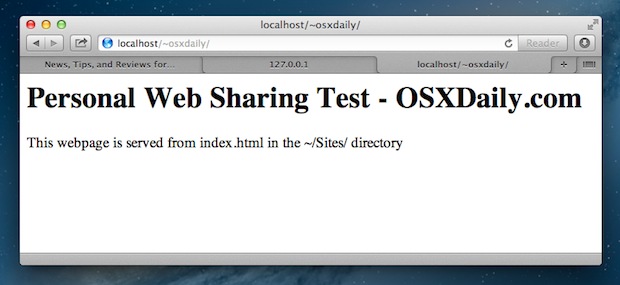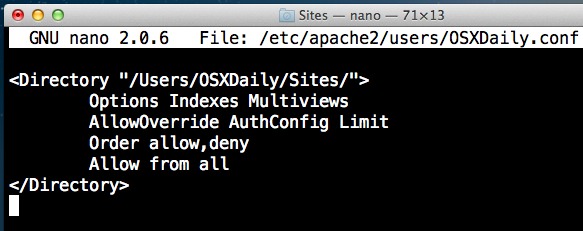| 일 | 월 | 화 | 수 | 목 | 금 | 토 |
|---|---|---|---|---|---|---|
| 1 | 2 | 3 | 4 | 5 | ||
| 6 | 7 | 8 | 9 | 10 | 11 | 12 |
| 13 | 14 | 15 | 16 | 17 | 18 | 19 |
| 20 | 21 | 22 | 23 | 24 | 25 | 26 |
| 27 | 28 | 29 | 30 | 31 |
Tags
- R
- 빅데이타
- nodeJS
- Machine Learning
- 김양재 목사님
- WebGL
- 인공지능
- data science
- Big Data
- 데이터 과학
- 통계
- Artificial Intelligence
- Statistics
- Deep learning
- 김양재 목사
- 우리들교회
- 빅 데이타
- 김양재
- MongoDB
- 확률
- 빅데이터
- 주일설교
- No SQL
- openCV
- 빅 데이터
- 몽고디비
- probability
- c++
- node.js
- 딥러닝
Archives
- Today
- Total
Scientific Computing & Data Science
[Apache] Installing Apache Server on Mac 본문
'Programming > Web App' 카테고리의 다른 글
| [Web App/Node.js Express] 웹 어플케이션 템플릿(Template) (2) | 2014.09.08 |
|---|---|
| [WebApp] HTML 특수문자 코드표 (0) | 2014.08.06 |
| [Web App / jQuery] jQuery Cheatsheet (0) | 2014.01.19 |
| [Apache/PHP/MySQL] Installing Apache/PHP/MySQL (0) | 2013.12.15 |
| Bootstrap에 대하여 (0) | 2013.09.16 |
Comments


